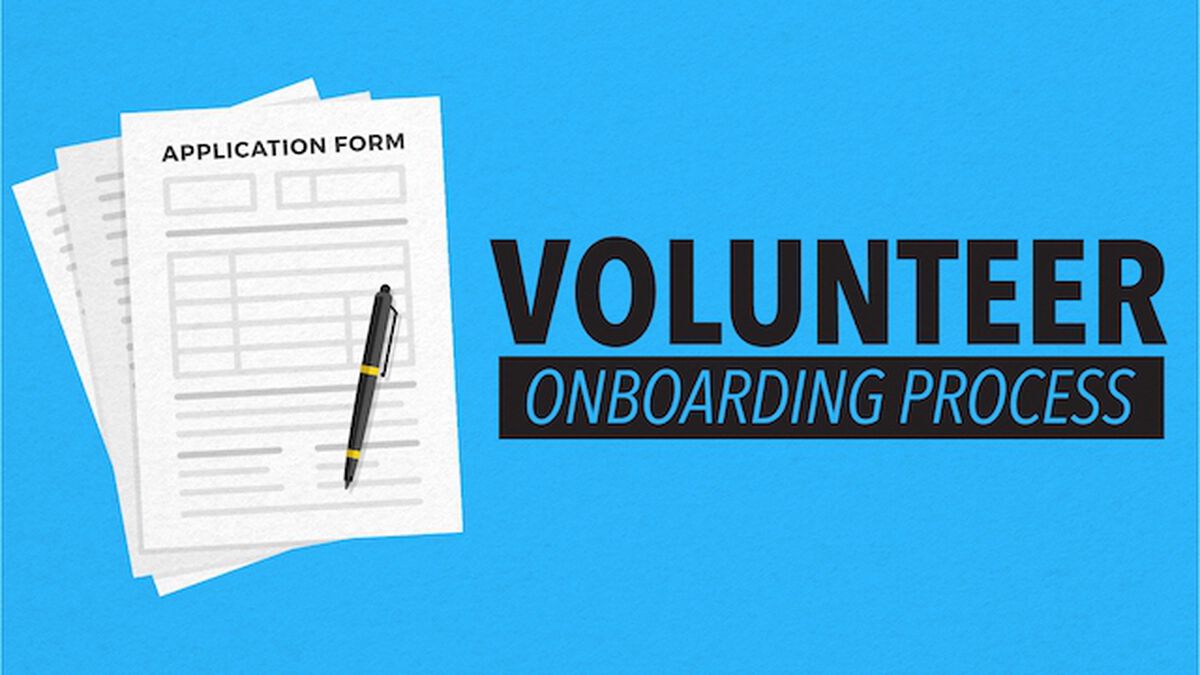Encourage Your Volunteers!

Springtime might be tough for a Youth Pastor, but it can also be difficult for a Youth Ministry volunteer! These are the people we rely on to help make ministry happen. We can’t do this thing by ourselves! So, how can you show volunteers appreciation and ensure they feel valued as a part of your team? I’ve got three quick ideas!
- Send them a text
Sending a quick text message to a volunteer is a great way to show them you appreciate them! Normally, we text volunteers when we need supplies for a game or for them to put out a fire in the youth room. But if you spent the next 10 minutes texting your volunteer team, you could show them that you were thinking about them, appreciate their support, and give them a small encouragement that might carry them through the week! Something like:
“Hey Susan! Thanks so much for being on the team. I saw you having a great conversation with Samantha last night. I’m glad you’re doing Youth Ministry!”
“Hey Scott! It’s always great to see you throwing football and chatting it up with the dudes. Glad you’re on the Youth Ministry team!”
- Grab Them a Snack
Ask your volunteers what their favorite snack is. And then next time you meet, have it ready for them. We do this with students all the time. Why shouldn’t we do this for our volunteers? It’s a great way to show them that we know them, we love them, and we were thinking about them. It doesn’t even have to be in the Youth Ministry budget for you to show this type of appreciation! Once you know their favorite snack, you can get it for them again! Think right before the retreat happens or at the end of the school year. You can show your volunteers appreciation just by running to the store real quick.
- Sing Their Praises
Maybe not literally singing, but think of it this way: every time you get a microphone, it’s a chance for you to talk about how great your volunteers are. Maybe it’s when you’re making an announcement at church in service or before you break up for small groups. Make sure you tell your volunteers you appreciate them in front of people! It’s definitely not the only way to show people that you appreciate them, but it’s a great way to remind them that you are on their team and you are thankful for them! The next time somebody hands you a microphone, take 30 seconds to talk about how great your Youth Ministry volunteers are!
Did I miss anything? Is there anything you would add to the list? I’d love to hear about it!








 Casting vision for recruiting volunteers isn’t just about filling roles; it’s about painting a compelling picture of how their involvement can shape the destiny of young hearts. Often, younger leaders find themselves seeking guidance on how to effectively communicate this vision. Here are some practical strategies to cast a vision that inspires, empowers, and transforms within youth ministry:
Casting vision for recruiting volunteers isn’t just about filling roles; it’s about painting a compelling picture of how their involvement can shape the destiny of young hearts. Often, younger leaders find themselves seeking guidance on how to effectively communicate this vision. Here are some practical strategies to cast a vision that inspires, empowers, and transforms within youth ministry:


